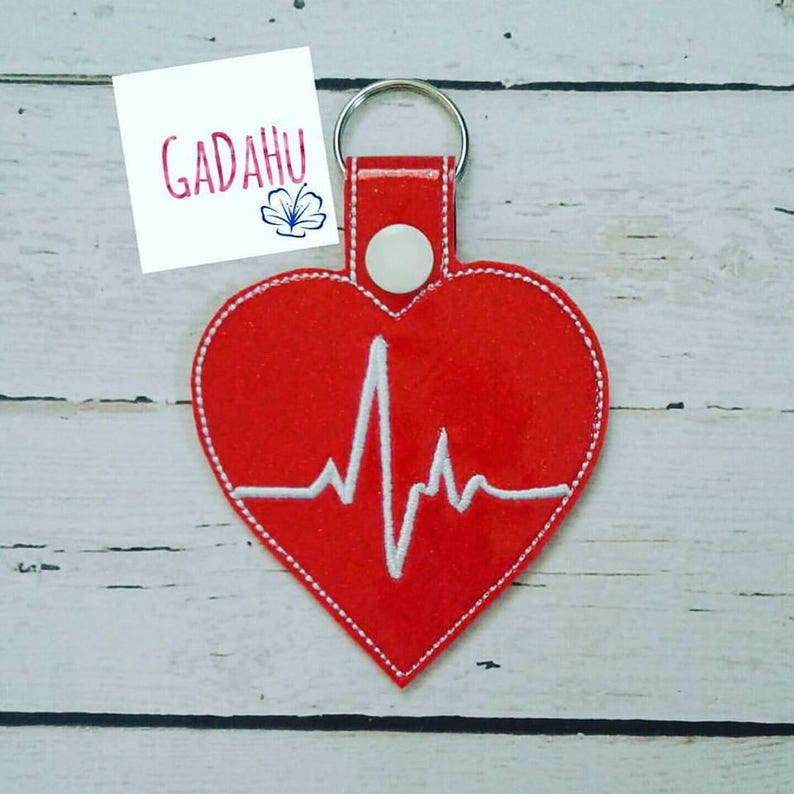

2,3 Addressing the gap in readiness for practice is essential for the new graduate nurse’s perception of self-confidence. In its basic form, an apprenticeship structure was utilized to promote on-the-job training and education to increase workforce readiness for safe patient care.ĭuring nursing school, primary emphasis of the curriculum is on preparation for practice with less emphasis on student nurse to new graduate nurse transition. The purpose of this project was to evaluate the effectiveness of a pre-licensure, student nurse employment model on new graduate registered nurse (RN) self-confidence. Self-confidence, safe care, and competency are all directly correlated, and therefore a nurse’s self-confidence should be assessed prior to patient care delivery. 1 And yet, newly licensed nurses are often assigned to patient teams before their ability to provide safe care is evaluated. Historically, transition to nursing practice is seldom addressed during undergraduate programs of study for Associate and Baccalaureate students. The mean decrease in orientation time for all five cohorts remained between two and three weeks. SNAP graduate to NHC RN retention remained at 90%, with first year RN retention at 92%, and second year RN retention at 84%. After five successful cohorts and 696 student nurses, SNAP graduates avoided the organization over $33 million in first year RN turnover costs. With the success of SNAP Cohort One, in conjunction with the strong return on NHC’s financial investment and creation of a workforce pipeline, NHC continued the program. This study shows that the new graduate RNs completing SNAP had higher perceived self-confidence related to patient safety compared to new graduate RNs who did not complete SNAP. Total organizational cost avoidance of $8.5 million was shown in decreased orientation time and first year RN retention. The mean new graduate RN orientation length for SNAP graduates decreased three weeks. Organizational retention was captured at 90% from SNAP to NHC RN, a 94% one-year RN retention, and a 96% two-year RN retention. In SNAP Cohort One, statistically significant (p < 0.05) increases in perceived self-confidence related to patient safety were found in SNAP graduates. During SNAP application, applicants completed the Human Systems Integration tool which aids in assessment of the relationship between the individual and the role’s responsibilities.
#NURSE SNAP PROFESSIONAL#
Graduate RNs who completed SNAP and a control group of non-SNAP new graduate RNs took the Health Professional Education in Patient Safety Survey tool prior to starting NHC new graduate nurse orientation.

MethodĪ quasi-experimental, nonequivalent control group posttest study was conducted at Norton Healthcare (NHC) with SNAP Cohort One.

ObjectiveĮvaluate the effect of a pre-licensure, student nurse employment model on licensed nurses in three areas: perceived self-confidence related to patient safety, new graduate nurse orientation length, and organizational RN retention. This study evaluated the effect of the Student Nurse Apprenticeship Program’s (SNAP) three-tiered employment model on new graduate registered nurse (RN) self-confidence and the organization’s subsequent return on investment. Although self-confidence is strongly correlated with safe patient care, there is limited research about self-confidence perceptions among new graduate nurses upon entry into licensed practice.


 0 kommentar(er)
0 kommentar(er)
